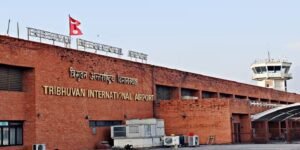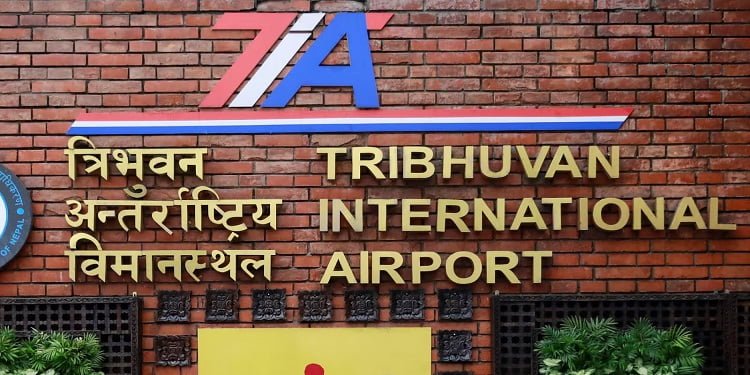Tribhuvan International Airport, located in Kathmandu, Bagmati, Nepal, serves as the country’s main international airport. With its tabletop runway, domestic terminal, and international terminal, Tribhuvan International Airport connects Nepal to over 40 destinations in 17 countries. It is a hub for two international airlines, Nepal Airlines and Himalaya Airlines, as well as multiple domestic carriers.
As the starting point for Mount Everest international tourists, Tribhuvan International Airport offers several daily flights to Lukla. Additionally, several airlines provide Everest sightseeing flights from Kathmandu, allowing travelers to experience the breathtaking beauty of the world’s highest peak.
Due to heavy traffic congestion, winter fog, and the airport operating at full capacity, the Government of Nepal has promoted Gautam Buddha International Airport and Pokhara International Airport as alternative airports for necessary diversions.
The airport has a rich history dating back to the formal beginning of aviation in Nepal in 1949. The first flight into Gauchaur Airport, as it was originally named, took place on April 23, 1949. The airport played a significant role in the democratic movement of Nepal when King Tribhuvan, the grandfather of the current king, took refuge at the Indian embassy in an attempt to overthrow the Rana dynasty. After the Delhi Accord, King Tribhuvan returned to Nepal, landing at Gauchaur Airport on February 18, 1951, as the monarch, marking a new era of democracy in the country.
In 1955, the airport was renamed Tribhuvan Airport in memory of King Mahendra’s father and later renamed Tribhuvan International Airport in 1964. Over the years, the airport has undergone various expansions and improvements to meet the growing demands of air travel.

The airport witnessed its first jet aircraft, a Lufthansa Boeing 707, in 1967. In 1972, Royal Nepal Airlines introduced jet operations with a Boeing 727. Nepali personnel took over air traffic services from Indian personnel the same year, marking a significant milestone in the country’s aviation industry.
Several notable events have taken place at Tribhuvan International Airport, including Queen Elizabeth II’s visit in 1961, where she landed in a Dakota plane. In 1987, the airport saw the first-ever landing of the Concorde, a momentous occasion for Nepal.
Over the years, the airport has seen significant infrastructure developments. The runway was extended from 6,600 to 10,000 feet in 1975 with the support of the Asian Development Bank and the OPEC. In 1990, the newly built TIA complex was officially inaugurated by King Birendra Bir Bikram Shah. The airport’s terminal building and control tower were constructed, and radar surveillance systems were installed to enhance safety and efficiency.
In recent years, the airport has undergone further expansions and improvements. In 2016, a new temporary domestic terminal was opened, replacing the old terminal building. In 2020, the runway was extended, the departure hall was expanded, the arrival area was extended to a lower level, and the immigration hall received a facelift.
Tribhuvan International Airport continues to play a crucial role in connecting Nepal to the world. With its strategic location and ongoing developments, the airport ensures convenient and efficient air travel for both domestic and international passengers. Whether it’s exploring the majestic Himalayas or embarking on a cultural adventure, Tribhuvan International Airport serves as the gateway to the wonders of Nepal.



























